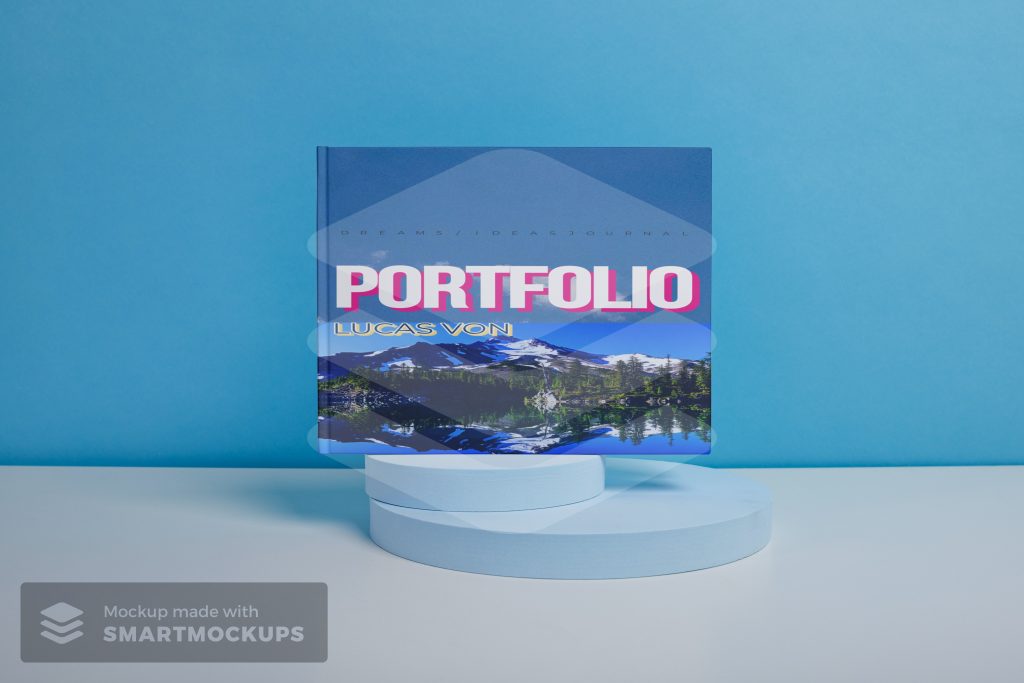What is Portfolio:
The term “portfolio” has different meanings depending on the context in which it is used. Here are a few common interpretations:
Financial Context:
Investment Portfolio: In finance, a portfolio refers to a collection of financial assets held by an individual, institution, or financial advisor. These assets may include stocks, bonds, mutual funds, real estate, and other investment vehicles. The purpose of creating a diversified portfolio is to spread risk and potentially achieve a balance between risk and return.
Art and Design Context:
Art Portfolio: In the context of art and design, a portfolio is a collection of an artist’s or designer’s work that showcases their skills, creativity, and range of projects. This could include drawings, paintings, digital designs, photographs, or any other form of visual representation of their artistic abilities.

Job Seeker Context:
Job Portfolio: For job seekers, a portfolio is a compilation of work samples, projects, achievements, and qualifications that demonstrate their skills and expertise to potential employers. This is common in fields such as writing, design, marketing, and other creative or technical professions.
Project Management Context:
Project Portfolio: In project management, a portfolio is a collection of projects or programs that are grouped together to achieve strategic objectives. Project portfolio management involves selecting and managing a set of projects in alignment with an organization’s goals and resources.
Education Context:
Student Portfolio: In an educational setting, a portfolio is often a collection of a student’s work over a period of time. It may include assignments, projects, essays, and other examples of academic achievements. Portfolios are sometimes used to assess student progress and showcase their skills.
Real Estate Context:
Real Estate Portfolio: In real estate, a portfolio can refer to a collection of properties owned by an individual or an investment entity. Real estate portfolios may include residential properties, commercial buildings, and other real estate assets.
Technology and Design Context:
Digital Portfolio: With the advent of digital media, a portfolio can also refer to an online collection of work. This is common for individuals in creative fields, such as photographers, graphic designers, and writers, who showcase their work on a personal website or portfolio platform.
In general, a portfolio is a purposeful and organized collection of items or assets, whether they are financial investments, artistic creations, professional achievements, or other tangible or intangible elements. The term is often used to describe a curated selection that represents the skills, accomplishments, or investments of an individual or entity.
How one can build its portfolio to attract more clients or leads:
Certainly! Building a portfolio to attract more clients or leads involves showcasing your skills, expertise, and accomplishments in a way that resonates with your target audience. Whether you’re in a creative field, a service-oriented profession, or any industry where visual representation of your work is valuable, a well-crafted portfolio can be a powerful tool for attracting clients. Here are some steps to help you build an effective portfolio:

- Define Your Purpose and Audience:
Identify the purpose of your portfolio. Are you aiming to attract clients for freelance work, new business leads, or employment opportunities? Define your target audience so that you can tailor your portfolio to appeal to their specific needs and preferences. - Select Your Best Work: https://scheckmates.org
Curate a selection of your best work that showcases the range and quality of what you can offer. Highlight projects that align with the services you want to provide or the products you want to sell. Quality matters more than quantity. - Organize and Structure:
Structure your portfolio in a way that is easy to navigate. Use categories, tags, or sections to organize your work. Consider arranging projects chronologically or by theme, making it simple for visitors to find what they are looking for. - Create a Personal Brand:
Infuse your portfolio with elements of your personal brand. This includes a consistent color scheme, typography, and messaging. Your portfolio should reflect your unique style or approach, creating a memorable and cohesive brand image. - Tell Compelling Stories:
For each project, provide context and tell a story. Explain the problem you were solving, the process you followed, and the results achieved. Clients are often interested in the journey and the impact of your work. - Showcase Diversity:
Demonstrate versatility by showcasing a diverse range of projects. If applicable, display how you’ve successfully tackled different challenges or worked with various clients. This highlights your adaptability and broad skill set. - Include Testimonials and References:
If you have received positive feedback from clients or collaborators, include testimonials in your portfolio. Testimonials add credibility and help build trust with potential clients. - Keep It Updated:
Regularly update your portfolio to reflect your latest work and accomplishments. An outdated portfolio may give the impression that you are not actively engaged in your field. - Optimize for Online Presence:
If your portfolio is online, ensure it is optimized for search engines (SEO). Use relevant keywords and metadata to improve its visibility. Additionally, make sure your portfolio is mobile-friendly. - Promote Your Portfolio:
Actively promote your portfolio through various channels. Share it on your professional social media profiles, include a link in your email signature, and consider networking on platforms where potential clients or employers might discover your work. - Engage in Continuous Learning:
Stay updated with industry trends and continuously improve your skills. Add new projects and achievements to your portfolio to demonstrate your commitment to growth and innovation. - Provide Contact Information:
Make it easy for potential clients to get in touch with you. Include clear contact information or a call-to-action for those interested in your services or products.
Remember, your portfolio is a dynamic representation of your capabilities. It should evolve as you grow in your career or business. By putting effort into creating a compelling and well-presented portfolio, you increase your chances of attracting the right clients or leads who appreciate and value your skills and expertise.
